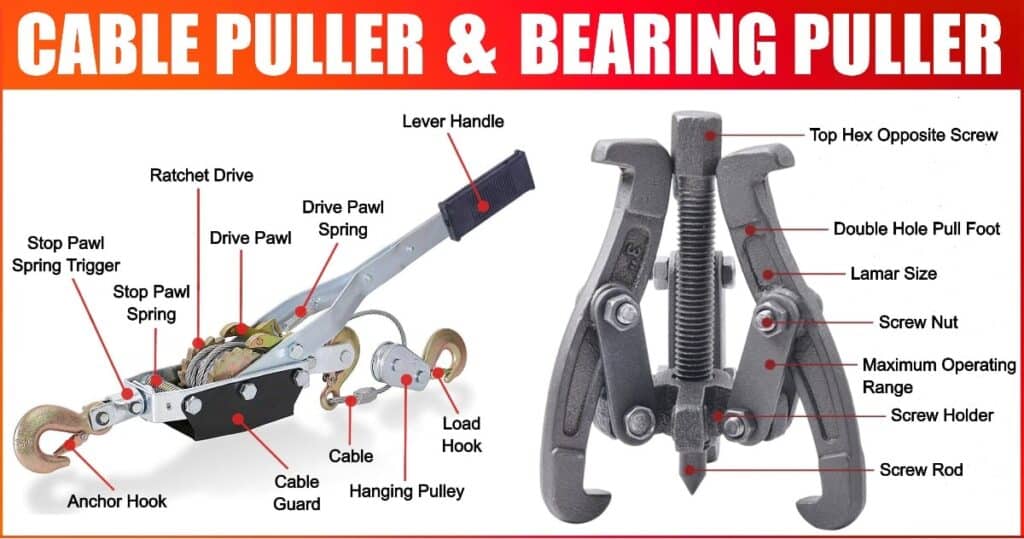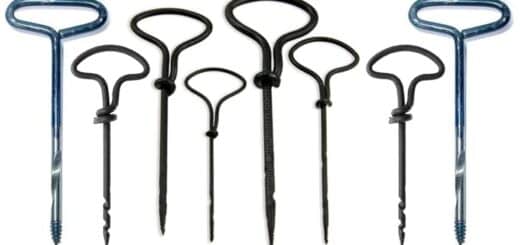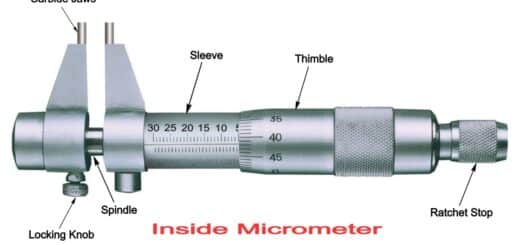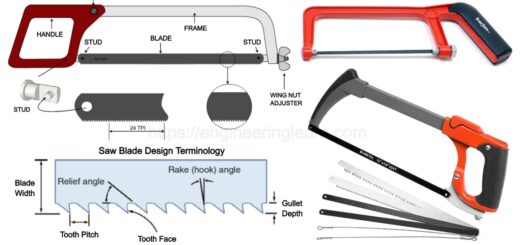Puller Parts: Parts of Bearing Puller, Parts of Cable Puller & Parts of Cable Winches

Puller Parts Introduction:
Puller Parts: Parts of Bearing Puller, Parts of Cable Puller & Parts of Cable Winches: – A puller is a tool or device used to eliminate sets from the rotating machine shaft. The most well-known application of a puller is removing a tapered bearing or tightened bearing from a rotating shaft. For instance, in car transmission pullers are comprised of steel of tool grade. While tool grade is harder than the parts they are utilized on.
Why do you Need a Puller?
Assuming a part, for example, a gear, bearing, or ball bearing, is tight to such an extent that you can’t loosen it with your strength, you really want a tool to assist you with doing as such. In a situation where a stuck part is installed on a machine, for instance, prompting a halt, dismantling should be quick as well as effective, protected, and gentle. Just a puller can give you that. A puller in this manner represents added worth, productivity, and long-term service life for machines.
You ought to likewise remember that vital investments in new machines because of incorrect maintenance are consistently higher than the investment in the right puller. It is likewise essential to make reference to that a puller is by no means, shape, or form an industry-specific tool, it is utilized in every aspect of innovation where downtime should be avoided.
Different Types of Pullers
There are various kinds of pullers, including bearing pullers, cable pullers, and cable winches.
1. Bearing Pullers
Bearing pullers are utilized to remove or eliminate parts like bearings, gears, or pulleys from a shaft. They have legs that circle around the back or within a part, and a forcing screw that centers up against the end of the shaft. A bearing puller is utilized to remove or eliminate bearings, gears, or pulleys, which are parts that are in practically steady use. The puller’s specially-designed claw legs fit comfortably around or inside these parts and a forcing screw applies force to simplify evacuation, with minimal effort for the user.
2. Cable Pullers
A hand-worked mechanical gadget which is utilized for moving, pulling, or fixing a load is called a cable puller.
3. Cable Winches
Cable winches are hand-operated mechanical devices that are perfect for moving and pulling loads. Cable winches can be attached to a trailer or vehicle yet not pulled by the vehicle. They actually must be operated by the user.
Puller Parts
A) Parts of Bearing Puller
1. Bearings
A bearing is a part of a machine (like an engine) that constrains relative motion or movement. Set forth simply, this implies that a bearing rotates or turns at a similar speed as the rotating part; this assists with reducing friction between the moving parts.
2. Pulleys
A pulley is a grooved or notched wheel attached to a crankshaft. The pulley is connected or associated with a belt that guides power to all of the systems in an engine. This is a two-legged bearing puller taking out a pulley from a shaft.
3. Gears
A wheel containing teeth that work with others to adjust or change the connection or association between the speed of a driving mechanism (like the motor of a vehicle) and the speed of the driven or determined parts (the wheels) is called a gear.
4. Bearing Puller Forcing Screw
The forcing screw is a long, fine-threaded screw that is rotated or turned against the center of the shaft. While the forcing screw is rotated or turned, it applies a force to the part you are eliminating.
5. Hexagonal Head on a Bearing Puller
The hexagonal head is attached or appended to the forcing screw. It is handily rotated with a socket wrench or spanner.
6. Reversible Claw Legs on a Bearing Puller
Interior and Exterior pulls are allowed by reversible claw legs.
7. Bearing Puller Cross Arms
The cross arm attaches the legs to the forcing screw.
B) Parts of Cable Puller
1. Cable Puller Ratchet Drive
The ratchet drive comprises two sprockets connected or associated with a cable drum. The drive pawls draw in with the sprockets to assist with rotating or turning the ratchet and pulling the desired load.
2. Cable Puller Stop Pawl Spring
The stop pawl spring goes about as a plug on the sprocket cam. Stop pawl spring is attached or appended to the pawl trigger when squeezed up the spring turns releasing the stop pawl and permitting the cable to run free.
3. Cable Puller Drive Pawl
The drive pawl is connected or associated as well as constrained by the drive pawl spring. The spring will engage or separate the drive pawl from the ratchet drive. The two pawls will lock into the grooves of the sprockets to draw in or release assuming that they are separated.
4. Drive Pawl Spring
The drive pawl spring can be set in an up or down position. Pushing the spring up will separate the primary ratchet or fastener drive and while the spring is down the ratchet or wrench drive will be locked in.
5. Anchor Hook on a Cable Puller
The anchor hook will be connected or associated with the anchor point where the pulling will happen.
6. Load Hook on a Cable Puller
An additional load hook can be tracked down on some, but not every single, cable pullers.
7. Stop Pawl Trigger on a Cable Puller
The stop pawl trigger is appended or attached to the stop pawl spring. The cable will able to run free when attaching the load hook to the anchor point when the stop pawl triggers is squeezed upwards.
8. Extra Load Hook
An additional load hook can be tracked down on some, yet not every, cable puller. While pulling or tightening, it adds extra strength and efficiency. In situations such as moving logs, two load hooks can be connected to make a loop around the logs in various situations such as moving logs.
9. Cable Guard
The guard shields the cable from slipping away when loose or free, and is located on one or the other side of the puller, to provide a barrier when the cable is being twisted in. As the cable guards keep the wire in the center of the tool and on the cable drum which helps the cable to move from side-to-side when it is free or loose.
10. Cable Puller Lever Handle
The cable is located or situated in the center of the puller around a drum. The cable puller lever handle is connected or associated with the load hook, and further to the ratchet drive.
11. Hanging Pulley on a Cable Puller
The role of the hanging pulley is that it permits or allows the cable to run from the drum straight to the load hook. The pulley reduces or diminishes friction when the cable is currently pulling an object.
C) Parts of Cable Winches
1. Cable Winch load Hook
The cable which is placed on the object that will be further be moved or pulled is connected or associated with load hook.
2. Cable, Drum, and Gears on a Cable Winch
The main and fundamental ratcheting crank locking system comprises a wire cable placed around a drum with a gear on one side.
3. Ratchet Switch Pawl on a Cable Winch
The Ratchet switch pawl can be put in an up or down position to draw in with the gear located on the drive axle. Setting the pawl in an up position will permit the winch to wind or pull/move an object. The down position empowers the unwinding of the cable.
4. Cable Winch Mounting Base
This is a heavy or weighty plate chassis that supports the ratcheting or tightening crank locking mechanism. It contains mounting holes on the base plate which can be utilized to mount hard flat surfaces on a vehicle.
5. Crank Handle on a Cable Winch
The drive axle which can be turned in both directions clockwise or anti-clockwise, it is further connected or associated with crank handle. It has a long handle for simple activities.
6. Cable Winch Drum Axle
The drum axle holds the drum in place. Turning the handle rotates or pivots both the drive and drum axle making the drum turn.
7. Cable Winch Dive Axle
The drive axle is set through the center of the winch and drives the ratcheting crank locking system as it is connected or associated with the handle. Each time the handle is turned clockwise or anti-clockwise, the gears draw in with one another and turn the drum, empowering the cable to wind or unwind.
Conclusion
The decision or choice of which puller to utilize is reliant upon many factors. You’ll initially have to lay out a plan for whether you want an exterior or an interior puller. Pullers are considered to be safe and controlled for the removal of parts from equipment using a few jaws that hold the object as it is pulled from its original position. Pullers wipe out the tedious and unsafe processes of hammering, torching, and prying. Pullers are a basic support tool for experts working in a variety of industries.
What decision or choice you should make regarding which puller to use depends on the influencing factors which you should made after careful considerations. In the event that you’re uncertain about which puller to decide, counseling a specialist prior to making your choice is ideal.
Content Source: – misterworker













